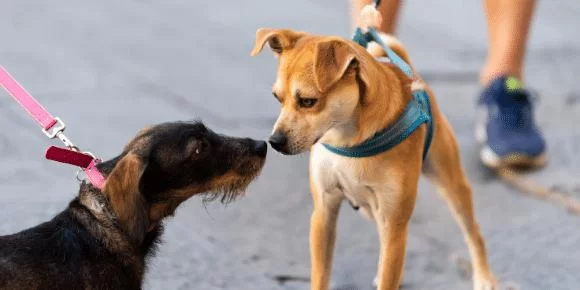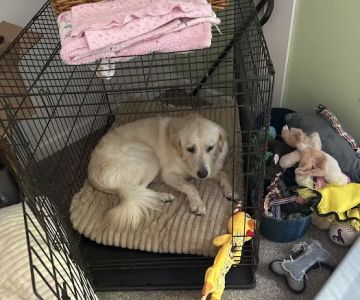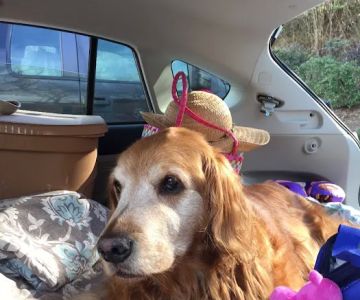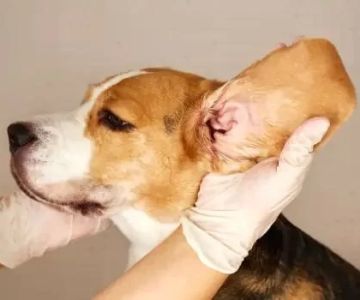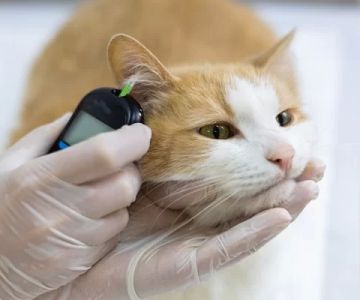Understanding the Problem: Why Dogs Attack Other Animals
As a dog owner, one of the most distressing challenges I faced was dealing with my dog’s aggressive behavior towards other animals. My dog, like many others, was initially friendly and playful, but there were instances where he would lunge or become aggressive when encountering other animals, whether it was another dog or a small animal. This behavior caused me a lot of concern, not just for the safety of other animals, but for my dog’s well-being as well.
Why Do Dogs Attack Other Animals?
Understanding why a dog might attack or show aggression towards other animals is the first step in addressing the issue. For my dog, it turned out that his aggression was rooted in fear and territorial instincts. Some dogs feel threatened by the presence of other animals, leading them to act out in defensive ways. Others might be more prey-driven, especially when encountering smaller animals, or they may have had negative past experiences with other animals that led to a fear response. Regardless of the cause, it’s important to address the issue early on to prevent escalation.
1. Identifying the Triggers of Aggression
The first step I took in addressing my dog’s aggressive behavior was identifying what triggered the attacks. In some cases, my dog became aggressive when he was on a leash, while in others, it was only when other animals got too close to “his” space. Every dog is different, so pinpointing the specific triggers that lead to aggression is crucial. I kept track of his behavior in different situations, such as during walks or when he was in the yard, and noted what provoked his attacks.
Common Triggers of Aggression in Dogs
Some common triggers for dog aggression include:
- Fear: Dogs often react aggressively when they feel threatened or cornered.
- Territorial behavior: Dogs may attack other animals when they perceive them as a threat to their space or territory.
- Lack of socialization: Dogs who haven’t been properly socialized may not know how to interact with other animals in a calm manner.
- Prey drive: Some dogs, particularly certain breeds, have a strong instinct to chase smaller animals.
Understanding these triggers allowed me to tailor my training approach and manage my dog’s behavior more effectively.
2. Socialization: The Key to Preventing Aggression
One of the most effective ways to prevent dog aggression is through proper socialization. When I realized that my dog had not been properly exposed to other animals, I started making a concerted effort to introduce him to other dogs and animals in controlled environments. Socialization is important because it helps dogs learn appropriate behavior and reduces fear or uncertainty around other animals. For my dog, regular, controlled interactions with calm and well-behaved animals were essential in building his confidence and reducing his aggressive tendencies.
How Socialization Helps
Socializing a dog means exposing them to various animals, environments, sounds, and situations to help them develop positive associations. When I first started socializing my dog, I made sure to choose safe, calm animals that wouldn’t provoke him. Gradually, I introduced him to different animals and made sure that each interaction was positive. I found that the more positive experiences he had, the less likely he was to show aggression towards other animals.
3. Positive Reinforcement Training
Positive reinforcement training is another essential tool in stopping a dog from attacking other animals. Rather than focusing on punishment for aggressive behavior, I chose to reward my dog for calm, controlled interactions. Every time my dog remained calm when encountering another animal, I rewarded him with praise or treats. This method helped him understand that calm behavior around other animals resulted in positive outcomes, which motivated him to act more peacefully.
Using Treats and Praise Effectively
For positive reinforcement to be effective, it’s crucial to reward your dog immediately after displaying the desired behavior. I made sure to reward my dog for not reacting aggressively as soon as we encountered another animal. The key was to stay consistent—every time he exhibited calm behavior, he received praise or a treat. This helped him build an association between calm behavior and rewards, which over time reduced his aggression. For dogs that are more aggressive, it may take time, but the consistency of reward-based training is crucial in creating lasting behavioral change.
4. Teaching the “Leave It” Command
One of the most effective commands I taught my dog to prevent aggression was the “leave it” command. This command is especially useful when my dog becomes fixated on another animal, whether it's a dog or a small animal. Teaching him to “leave it” allowed me to regain control of the situation and prevent any aggressive behavior from escalating. Whenever my dog showed signs of aggression towards another animal, I would use the “leave it” command and immediately redirect his attention to something positive, like a treat or a toy.
How to Teach the “Leave It” Command
To teach the “leave it” command, I started with basic training exercises using a treat. I would place the treat in my hand and say “leave it” while closing my hand around the treat. When my dog stopped trying to get the treat and looked at me, I rewarded him with praise and a different treat. Over time, I expanded the command to real-world situations, using it when encountering other animals. The key to success was consistency and patience, and with time, my dog learned that “leave it” meant to ignore the other animal and focus on me.
5. Avoiding Aggressive Situations
While training was critical, there were times when I simply had to avoid situations where my dog might act aggressively. For example, I made sure to keep him on a leash during walks in areas with other animals, especially if I knew he was likely to become agitated. If we encountered a situation that felt too overwhelming for him, I would calmly remove him from the situation and redirect his focus. Gradually, this helped him learn how to handle encounters with other animals in a more controlled manner.
Creating a Safe Environment
In addition to training, I made sure to create an environment where my dog felt safe and less likely to react aggressively. This meant avoiding overly stressful situations and ensuring he had a calm, quiet space at home where he could retreat when needed. Providing a secure and predictable environment helped reduce his overall anxiety, which in turn decreased his aggressive tendencies towards other animals.
6. Seeking Professional Help if Needed
In some cases, despite your best efforts, a dog may require professional intervention. If your dog’s aggression is persistent or escalating, it’s important to consult a professional dog trainer or behaviorist. I reached out to a certified dog trainer after several months of training, and they were able to provide additional insights and techniques to help manage my dog’s behavior more effectively. Sometimes, a professional’s expertise can make all the difference in addressing deep-rooted behavioral issues.
When to Seek Professional Help
If your dog shows severe aggression, or if their behavior puts other animals or people in danger, it’s essential to seek professional help immediately. A professional can assess your dog’s behavior, provide tailored solutions, and work with you to ensure the safety of everyone involved. Don’t hesitate to reach out for expert guidance if you feel overwhelmed.

